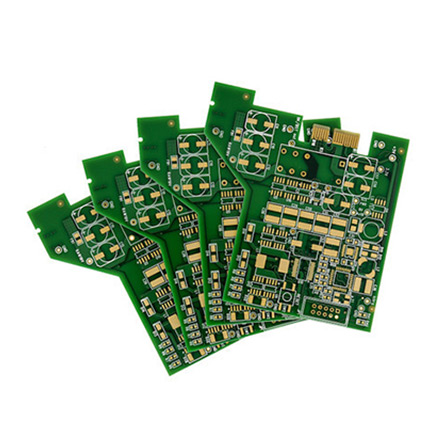

Green Tempered Glass A Modern Choice for Architecture and Design
In the world of architecture and design, materials play a critical role in not only the aesthetic appeal of a structure but also its functionality and sustainability. Among the various options available, green tempered glass stands out as a versatile and eco-friendly choice that meets the demands of modern building requirements. This article delves into the characteristics, benefits, and applications of green tempered glass, highlighting its significance in contemporary design.
What is Green Tempered Glass?
Green tempered glass is a type of safety glass that has been treated with heat to increase its strength and durability. The green aspect refers to its color, which is a result of the iron oxide content in the raw materials used to make the glass. This particular shade of green is not only aesthetically pleasing but also contributes to the glass's ability to filter ultraviolet (UV) light, thus reducing glare and improving comfort in indoor spaces.
The tempering process involves heating the glass to over 600 degrees Celsius and then rapidly cooling it. This process strengthens the glass by creating internal compressive stresses that make it significantly more resistant to impact and thermal stress compared to regular glass. In the event of breakage, tempered glass shatters into small, blunt pieces, reducing the risk of injury—a crucial safety feature for many applications.
Benefits of Green Tempered Glass
1. Energy Efficiency One of the most significant advantages of green tempered glass is its energy-efficient properties. By allowing natural light to penetrate while reducing heat gain, it contributes to lower energy consumption for heating and cooling. This results in reduced electricity bills and a smaller carbon footprint for buildings.
2. Aesthetic Appeal The distinctive green tint of the glass adds a modern touch to any structure, making it a popular choice for both residential and commercial applications. It can be used in facades, windows, and interior partitions, enhancing the overall visual appeal of a space.

3. Environmental Responsibility As sustainability becomes increasingly important in construction and design, using green tempered glass aligns with eco-friendly practices. It is recyclable and can be produced using lower-impact manufacturing processes, making it a responsible choice for environmentally conscious builders.
4. Durability Green tempered glass is highly resistant to scratches, impacts, and thermal shocks, ensuring longevity in various applications. This durability means less frequent replacements and lower maintenance costs over time.
Applications of Green Tempered Glass
Green tempered glass is used in a multitude of applications across different sectors. In commercial buildings, it is often employed in curtain walls, skylights, and glass doors. Its energy-efficient properties make it ideal for large storefronts and office buildings where natural light is essential. In residential settings, it is commonly found in windows, balcony railings, and shower enclosures.
Furthermore, green tempered glass can also be used in furniture design, such as tabletops and shelving, providing a sleek and stylish finish that complements various interior styles. Its safety features make it particularly desirable in spaces where the risk of breakage is higher.
Conclusion
In conclusion, green tempered glass is a remarkable material that embodies the intersection of safety, aesthetics, and sustainability. Its numerous benefits make it an attractive choice for architects, designers, and builders seeking to create beautiful and efficient spaces. As the demand for eco-friendly construction materials continues to grow, green tempered glass is poised to play a prominent role in the future of architecture and design, reflecting a commitment to both innovation and environmental responsibility. Its contributions to modern design underscore the importance of choosing materials that not only enhance a space but also promote a sustainable future.